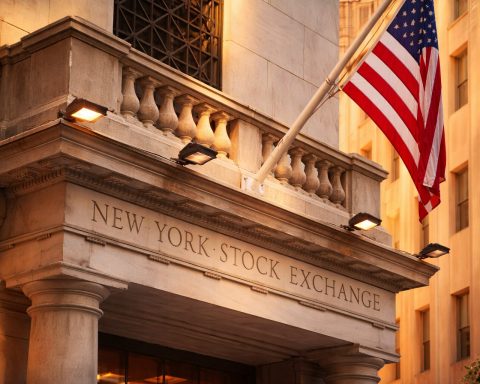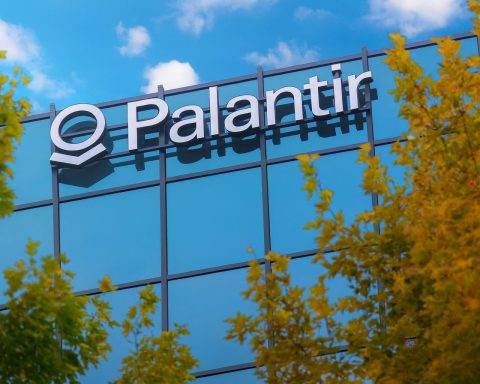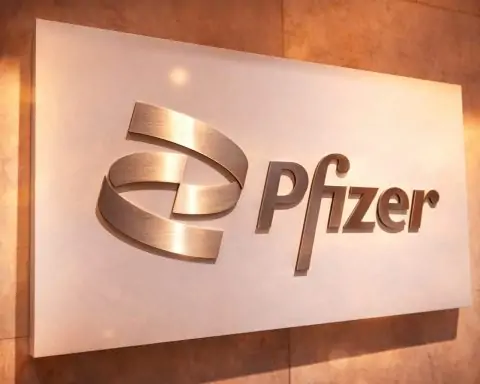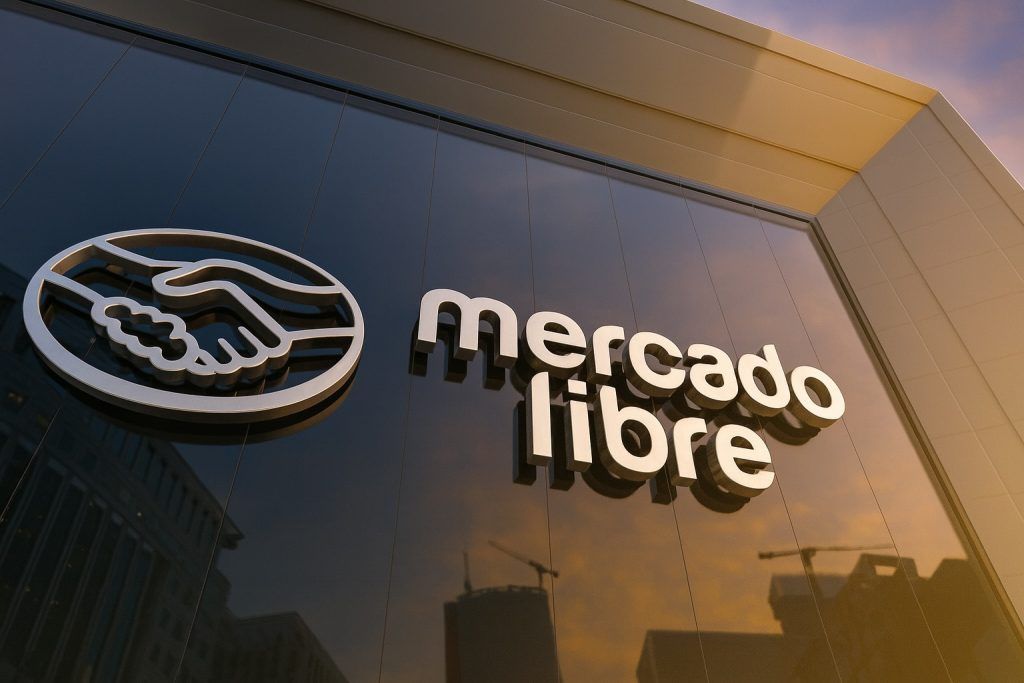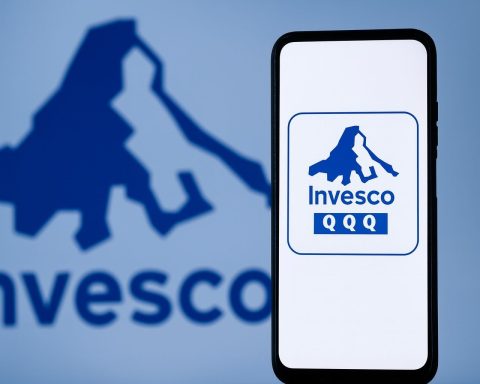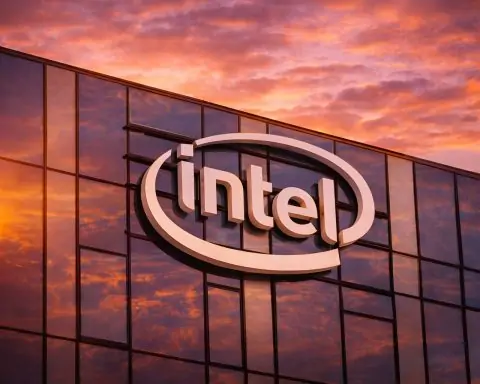Key Facts (Oct 15, 2025): Pinnacle Food Group (NASDAQ: PFAI) shares closed at about $4.57 on Oct 15, 2025, up roughly 139% from the prior day’s $1.87 close [1] [2]. This extreme one‐day surge followed U.S. political headlines: President Trump signaled tighter tariffs on Chinese cooking-oil imports, sparking a rally in agri-related stocks [3] [4]. Pinnacle – a small Vancouver‐based smart farming/hydroponics firm – had no new press release in early October, so today’s move appears driven by the broader ag sector boom. (For context, the company reported 2024 revenue of ~$3.29 million (up 57% YoY) and a $286K profit in July [5]; CEO Jiulong You said at that time they planned to expand sales in Asia and shift into larger systems [6].) Other agriculture-linked stocks jumped similarly – e.g. Sadot Group (SDOT) leapt ~80% and soybean giants like Bunge (+13%) and ADM (+2.5%) also spiked [7] [8]. No official announcement by Pinnacle explains the surge, and market observers call the move highly speculative.
Stock Price Surge & Recent Trading
Pinnacle Food Group has been a thinly-traded small-cap. Through early Oct. 2025 its stock floated around $1.80–$1.95. On Tuesday Oct 14 it closed near $1.87 [9]. On Oct 15, the stock opened sharply higher (as high as $4.92 during the day [10] [11]) and ultimately closed at $4.57, up about $2.66 (139%) on the day [12]. Average volume exploded: Reuters reported 6.6 million shares traded by mid‐day [13], versus a 3-month average under 100,000. Late Oct. 15 after-hours trading saw some pullback (around $3.40) but the stock remains far above its pre-news levels [14].
No similarly dramatic moves were seen on Oct 13-14: PFAI closed flat at about $1.91 on Oct 13 [15]. The sudden gap up on Oct 15 suggests a news‐driven spike. Notably, Pinnacle has no SEC filings or press releases since mid‐July (the last was its FY2024 earnings report on July 17 [16]). Insider or official news were not announced, so traders attribute the move to external headlines (see below). Technical trackers noted a “massive short squeeze” scenario in microcap ag-tech stocks on Oct 15 [17].
What Drove the Rally? Tariff News and Sector Momentum
Financial media uniformly link PFAI’s jump to Wednesday’s U.S.-China trade news. On Oct 14, President Trump threatened to ban cooking oil imports from China via a Truth Social post [18]. He wrote “We are considering terminating business with China having to do with Cooking Oil… we can easily produce Cooking Oil ourselves” [19]. Used cooking oil is a key feedstock for U.S. biofuels, and China was a top supplier in recent years. Trump’s comments roiled commodity markets and turbocharged agricultural stocks.
Dow Jones and other outlets noted a widespread jump in agribusiness names on Oct 15. For example, Marketscreener (Dow Jones) reported “agricultural stocks are rising Wednesday, a day after Trump’s Truth Social post”, with Bunge Global up over 12% and ADM up ~2.5% [20]. A separate Dow Jones article headlined “Bunge soars after Trump targets cooking oil imports” emphasized the sector move [21]. In sync, trading blogs and newswires showed similar patterns: Australian Oilseeds (COOT) jumped ~280%, Origin Agritech (SEED) +57%, and Sadot Group (SDOT) surged ~80% [22] [23].
Pinnacle, despite its small size, was swept up in this “agtech” rally. Benzinga’s morning report on Oct 15 titled “Cooking oil stocks pop after Trump targets China” listed PFAI up 79.1% midday [24] and later noted Pinnacle “up more than 70%” on the day [25]. Fast Company likewise reported PFAI +77% midday [26]. The surge appears fuelled by momentum and short-covering in low-float stocks: as one Benzinga piece explains, this was a “textbook short squeeze” scenario, where sudden bullish news forces traders to buy shares to cover bets [27].
“Wednesday’s soybean-related rally is a textbook short squeeze,” Benzinga wrote, driving “low-priced stocks with significant short interest… sky-high on news” [28]. In short, the spike was likely self-reinforcing: news of tariffs ignited buying, which fed on itself in a heavily-shorted penny stock. Notably, Pinnacle’s fundamentals or outlook hadn’t dramatically changed on Oct 15, suggesting this was a market-driven move, not company-driven.
Company Background & Recent News
Pinnacle Food Group Limited is a Canadian (Vancouver-based) hydroponics and smart-farming company. It sells modular vertical-farm systems and nutrient solutions to households, community farms and small commercial growers [29] [30]. It went public on Nasdaq in April 2025 (raising $7.2M via IPO [31]). In its first full fiscal year (2024) it grew revenue 57% to $3.29M [32], though profit fell to $286K (from $917K in 2023) as it invested for growth. The July 2025 earnings release noted Pinnacle sold over 3,000 farming systems in 2024 (vs 2,600 in 2023) [33]. Cash on hand at end-2024 was ~$686K [34].
CEO Jiulong You has emphasized expansion: “We anticipate our sales mix shifting to include more of our larger smart farming systems sold to community groups and urban farms,” he said in July. “We also intend to expand our sales footprint into the APAC region,” citing strong demand in Asia Pacific [35]. In late July, Pinnacle named a veteran real-estate executive, Dunruo (Andrew) Zhu, as President of its Asia Pacific division [36], underlining that growth strategy. In August, Pinnacle sponsored a “Smart Farming Forum” in Vancouver to promote quality standards [37].
However, no new developments have been announced in October. In fact, the last company press release was Aug 12, 2025 (the Vancouver forum) [38]. Company filings have lagged: Pinnacle disclosed in May that it had missed the deadline to file its 2024 annual 20-F report, receiving a Nasdaq notice and a compliance plan deadline of July 15 (extendable to Nov 11) [39] [40]. Whether that Form 20-F was ultimately filed remains unclear, but the Nasdaq notice had no immediate market impact. Crucially, none of these scheduled filings or PRs occurred in the days before the Oct 15 run-up, so investors have only public filings through mid-2025 to judge.
In short: Pinnacle’s own news flow has been uneventful lately. Its 2024 results (July) and Nasdaq notice (May) were already public. Thus analysts have nothing new from the company to explain the Oct. 15 move, reinforcing the view it was an external factor (trade news and momentum) rather than any breakthrough by Pinnacle itself.
Industry Context and Competitors
Pinnacle sits in the smart farming/agriculture-technology sector, which has been volatile. Broadly, the Oct. 15 trade headlines lit a fire under the entire niche of agri-focused stocks. Besides Pinnacle, other U.S.-listed microcaps soared: Sadot Group (SDOT) – a Texas-based food supply-chain company – jumped ~80% [41]. Smaller agritech firms like Australian Oilseeds (COOT) and Origin Agritech (SEED) similarly spiked on Oct 15 [42] [43].
Major agriculture multinationals moved too: Dow Jones noted that Bunge Global (a soybean/oilseed giant) “led the S&P 500 higher Wednesday, up over 12%,” and ADM climbed ~2.5% [44]. (These stocks produce soybean oil and biodiesel feedstock; Trump’s cooking-oil comment was seen as bullish for them.) Commodity indices for soybeans and biofuels also ticked up [45]. In sum, “stocks linked to agriculture, soybeans, and cooking oil” were surging on Oct 15 [46] [47].
This context suggests Pinnacle’s surge was part of a sectorwide move. It is not a pure food processor – it makes farming equipment – but still benefited from the ag-stock rally. For comparison, other niche hydroponics/indoor farming companies have had mixed fortunes; some are unprofitable, others are tiny microcaps. Pinnacle’s IPO and growth has set it apart a bit, but it remains a very small player (market cap ≈$23M at the Oct 15 close [48]). Its competitors are not household names, so industry news tends to come through these market moves or press releases like forum sponsorships, rather than analyst reports.
Price Forecasts & Analyst Views
There is virtually no sell-side analyst coverage of PFAI. No major brokerage issues research reports or price targets on this stock. Simply Wall St notes “we currently don’t have sufficient analyst coverage to forecast growth” for Pinnacle [49]. In practical terms, that means investors must rely on company releases and technical signals. The sudden 139% rally makes any old chart-based forecast moot. Before the run, some AI-driven sites were predicting a modest 3–12% rise over coming months (to ~$2–3 by early 2026), but these are not from analysts and likely obsolete after today’s spike.
Professional analyst quotes are unavailable. We can only cite market commentary: Benzinga and MarketBeat have noted the unusual surge and categorized it as a reaction to trade news (essentially labeling it a “pump” from short-covering) [50] [51]. FastCompany and others also highlighted the percentage jump but did not give recommendations. In short, “experts” in this microcap are blogs and journalists pointing out the trade-war angle.
From a technical perspective, the stock is extremely volatile. It went from ~$1.90 to nearly $5 in a single day, so the charts show a massive gap and high volatility bands. Any momentum indicators would have flipped to extreme overbought. Given the tiny float (~8–12M shares outstanding [52]) and low liquidity, the stock can move 20–30% intraday on minimal volume. Caution is warranted: past intraday rallies saw PFAI spike and then give back large portions (note: Oct 15 after-hours fell from $4.57 to ~$3.40). Without any change to the business, the consensus view among traders is that this jump may not hold absent further catalysts.
If one were to hazard a comment from a seasoned market observer: as one trader quipped on Oct 15, “X% of retail accounts lose money…” in such penny-stock runs. In practical terms, any “forecast” is guesswork. Some AI forecasting pages (e.g. CoinCodex/stockinvest) had projected minor gains over the next few months, but these are not official and now clearly outdated. Given the lack of fundamentals-based upgrades, a prudent stance is high caution. Pinnacle’s own guidance (stated intent to expand APAC sales, build larger systems [53]) remains positive long-term, but the stock is now trading many multiples above any book or sales value.
Industry Prospects
Pinnacle operates in the emerging smart-farming sector, tied to hydroponics and urban agriculture. This industry has a growth narrative (sustainable food production, indoor farming boom) but is still niche. Investors are watching whether hydroponic farming tech can achieve scale and profitability. Pinnacle’s 2024 results showed rapid revenue growth but tight margins. If demand for such systems continues to grow (especially with supply-chain issues in conventional farming), the long-term story could be promising – that is the bet many buyers are making today, albeit suddenly.
Competitors/peers include small firms like Origin Agritech, Arcadia Biosciences, Edible Garden or other ag-tech start-ups, many of which are also in microcap land and saw rallies on Oct 15. Larger agriculture sector companies (e.g. Deere, Bunge) have healthier balance sheets but are in different subsectors. Notably, Pinnacle is not exposed to tariffs (it sells products, not crops), so it is only tangentially affected by policy shifts.
Bottom line: Without official guidance changes or news, Pinnacle’s massive Oct 15 move is a market phenomenon. It does reflect one broader trend: any U.S.-China trade disruption tends to roil agriculture-related markets. If trade tensions persist, stocks in this space may remain volatile. For long-term investors, the key questions are whether Pinnacle can capitalize on its growth plan (APAC expansion, system upgrades) to justify a multi-dollar stock price. Until then, the short-term outlook is high-risk: traders may book profits if nothing new emerges, and a pullback is quite possible in coming days.
Sources: Company press releases and SEC notice (GlobeNewswire) [54] [55]; stock price data (Reuters & stockinfo) [56] [57]; market news from Fast Company [58], Benzinga [59] [60] [61], and Dow Jones/WSJ [62]; industry context.
References
1. www.reuters.com, 2. stockanalysis.com, 3. www.fastcompany.com, 4. www.benzinga.com, 5. www.globenewswire.com, 6. www.globenewswire.com, 7. www.benzinga.com, 8. www.marketscreener.com, 9. www.reuters.com, 10. www.reuters.com, 11. stockanalysis.com, 12. stockanalysis.com, 13. www.reuters.com, 14. stockanalysis.com, 15. markets.financialcontent.com, 16. www.globenewswire.com, 17. www.benzinga.com, 18. www.benzinga.com, 19. www.benzinga.com, 20. www.marketscreener.com, 21. www.marketscreener.com, 22. www.benzinga.com, 23. www.benzinga.com, 24. www.benzinga.com, 25. www.benzinga.com, 26. www.fastcompany.com, 27. www.benzinga.com, 28. www.benzinga.com, 29. www.pinnaclefoodinc.com, 30. www.globenewswire.com, 31. www.globenewswire.com, 32. www.globenewswire.com, 33. www.globenewswire.com, 34. www.globenewswire.com, 35. www.globenewswire.com, 36. www.globenewswire.com, 37. www.pinnaclefoodinc.com, 38. www.pinnaclefoodinc.com, 39. marketwirenews.com, 40. www.pinnaclefoodinc.com, 41. www.benzinga.com, 42. www.benzinga.com, 43. www.benzinga.com, 44. www.marketscreener.com, 45. www.marketscreener.com, 46. www.fastcompany.com, 47. www.marketscreener.com, 48. www.reuters.com, 49. simplywall.st, 50. www.benzinga.com, 51. www.benzinga.com, 52. stockanalysis.com, 53. www.globenewswire.com, 54. www.globenewswire.com, 55. marketwirenews.com, 56. www.reuters.com, 57. stockanalysis.com, 58. www.fastcompany.com, 59. www.benzinga.com, 60. www.benzinga.com, 61. www.benzinga.com, 62. www.marketscreener.com



